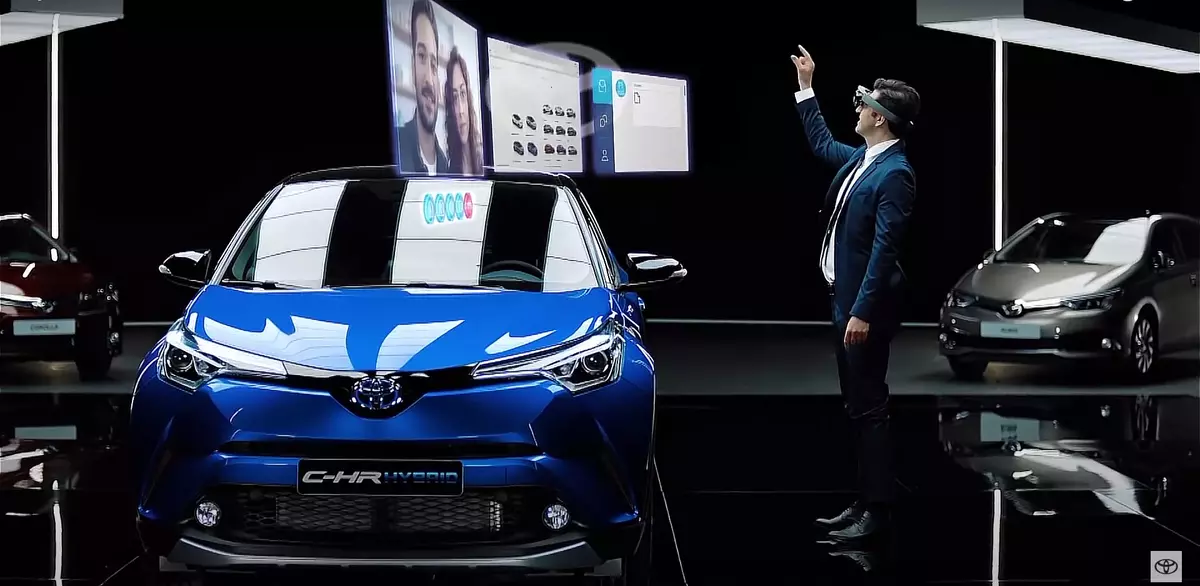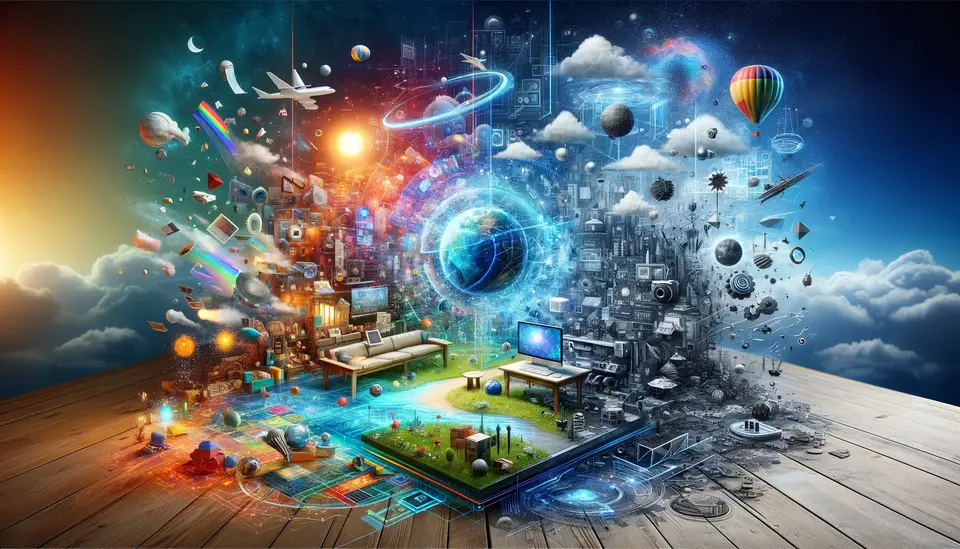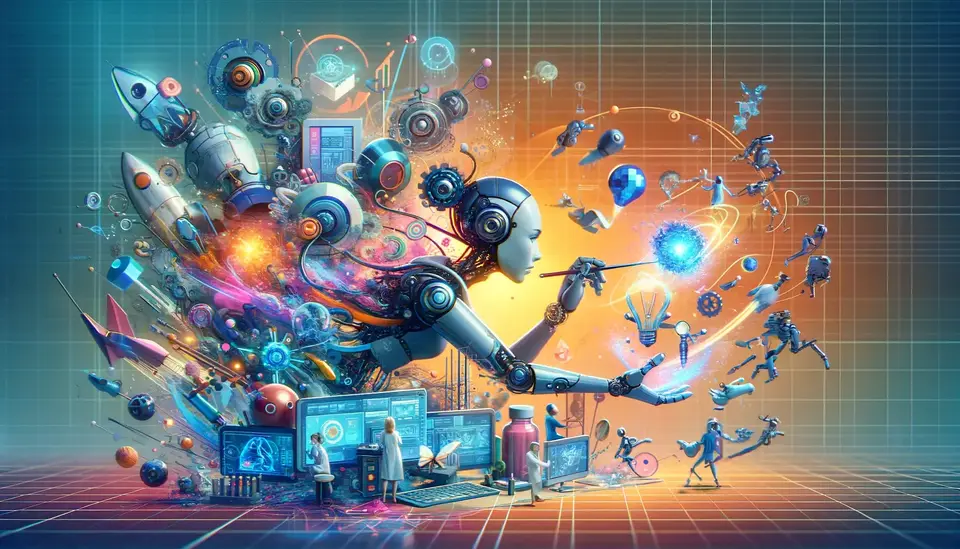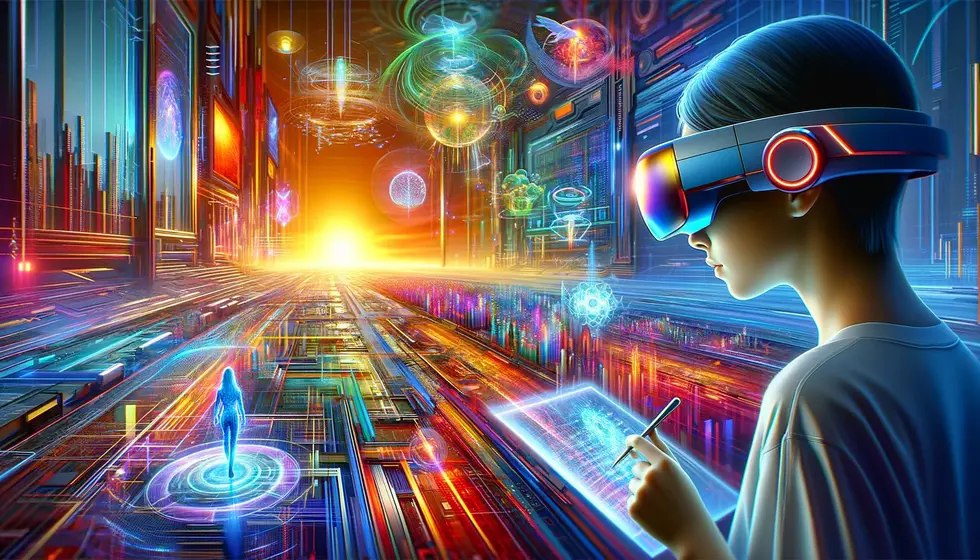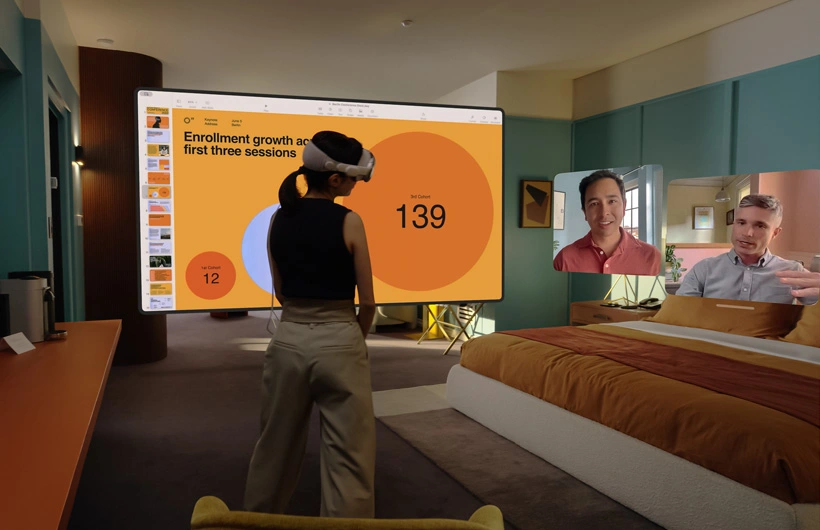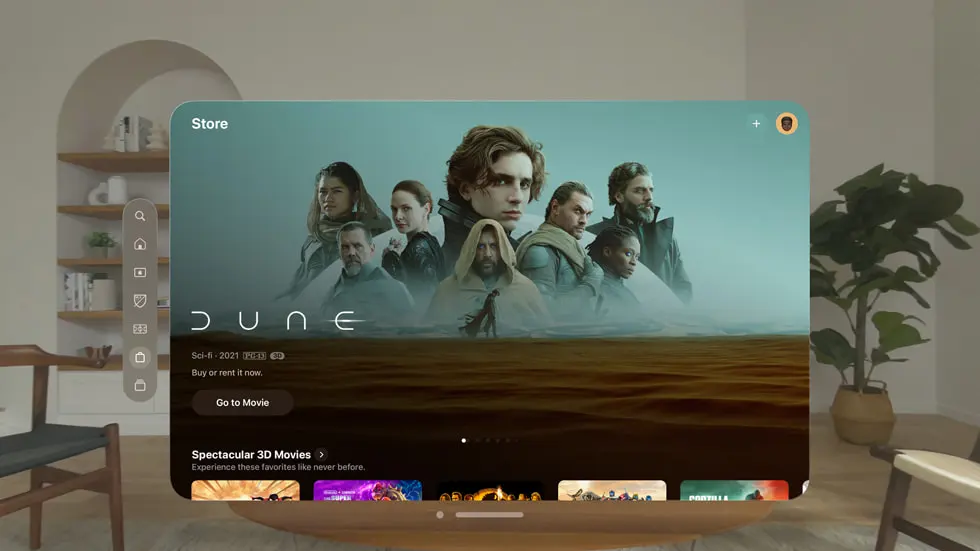15 Examples of the Use of Mixed Reality in Marketing
Posted on April 6, 2023 6 minutes 1149 words
Table of contents
- 1. Mercedes-Benz’s Vision AVTR
- 2. Coca-Cola’s Virtual Vending Machine
- 3. Nike’s Virtual Showroom
- 4. Pepsi’s Unbelievable Bus Shelter
- 5. Sephora Virtual Artist
- 6. American Apparel’s In-Store Navigation
- 7. McDonald’s McMission App
- 8. Marriott’s Teleporter
- 9. Toyota’s AR Showroom
- 10. Gucci’s AR Try-on
- 11. Ray-Ban’s Virtual Try-On
- 12. “Game of Thrones” VR Experience
- 13. IKEA Place App
- 14. LEGO’s AR-Studio
- 15. Adidas’ Deerupt Campaign
- Conclusion
Mixed reality (MR), a combination of augmented reality (AR) and virtual reality (VR), is revolutionizing the marketing landscape by offering immersive and interactive platforms for brands to connect with their target audience. In this blog post, we’ll explore 15 innovative examples of mixed reality in marketing that showcase its potential for engaging customers and driving brand growth.
1. Mercedes-Benz’s Vision AVTR
The Vision AVTR, unveiled at CES 2020, is a concept car designed by Mercedes-Benz in collaboration with the creators of the movie “Avatar.” This futuristic vehicle features a mixed reality interface that combines augmented reality, gesture controls, and biometric sensors to create a seamless and immersive driving experience. The Vision AVTR showcases the potential of mixed reality in revolutionizing the automotive industry and enhancing the human-vehicle connection.

2. Coca-Cola’s Virtual Vending Machine
Coca-Cola’s virtual vending machine is an innovative virtual reality marketing campaign that immerses users in a whimsical, branded environment. Participants can explore and interact with various Coca-Cola products, discover exclusive content, and engage with games and quizzes. This interactive experience reinforces brand loyalty and creates memorable moments for consumers.
3. Nike’s Virtual Showroom
Nike’s mixed reality showroom leverages cutting-edge technology to allow customers to try on shoes virtually, explore various styles, and customize colors and design elements. The showroom uses 3D scanning and rendering to provide an accurate representation of how the shoes will look on the customer’s feet, creating a unique and personalized shopping experience that drives sales and increases customer satisfaction.
4. Pepsi’s Unbelievable Bus Shelter
Pepsi surprised London commuters with an augmented reality bus shelter that displayed dynamic, unexpected scenarios on a seemingly transparent digital screen. These scenarios included alien invasions, runaway tigers, and giant robots, capturing the attention of passersby and generating significant buzz on social media. This innovative campaign demonstrated Pepsi’s creativity and commitment to engaging audiences in unexpected ways.
5. Sephora Virtual Artist
The Sephora Virtual Artist app utilizes augmented reality to allow users to try on makeup products from the comfort of their homes. The app accurately maps facial features and applies the selected makeup products, enabling users to experiment with different looks and discover new products without visiting a store. In addition to virtual try-ons, the app offers makeup tutorials, personalized recommendations, and seamless in-app purchasing options.
6. American Apparel’s In-Store Navigation
American Apparel implemented an AR-based in-store navigation system that enhances the customer experience by guiding shoppers to specific items, providing product information, and offering personalized recommendations. By scanning product tags with their smartphones, customers can access reviews, styling tips, and videos. This AR integration streamlines the shopping experience, increasing customer engagement and satisfaction.
7. McDonald’s McMission App
The McMission app is an AR-based game that encourages users to collect virtual trash in the real world. As players progress, they earn rewards and unlock educational content about environmental sustainability and recycling. The app raises awareness about the importance of recycling and positions McDonald’s as a brand that cares about the environment, fostering a positive brand image and driving customer engagement.
8. Marriott’s Teleporter
Marriott Hotels’ virtual reality experience, called the “Teleporter,” takes users on an immersive journey to various Marriott properties worldwide. By utilizing VR technology, Marriott offers potential guests a virtual taste of their desired destinations, from the comfort of a custom-designed booth. This innovative marketing strategy helps Marriott stand out in the competitive hospitality industry and drives bookings by showcasing the unique features of their hotels.
9. Toyota’s AR Showroom
Toyota’s mixed reality showroom offers an immersive, virtual environment where users can customize and explore their dream car. The platform provides a 360-degree view of the vehicle, allowing users to change colors, add accessories, and view various configurations. This interactive experience helps customers make more informed decisions about their purchases and showcases Toyota’s commitment to innovation and customer satisfaction.
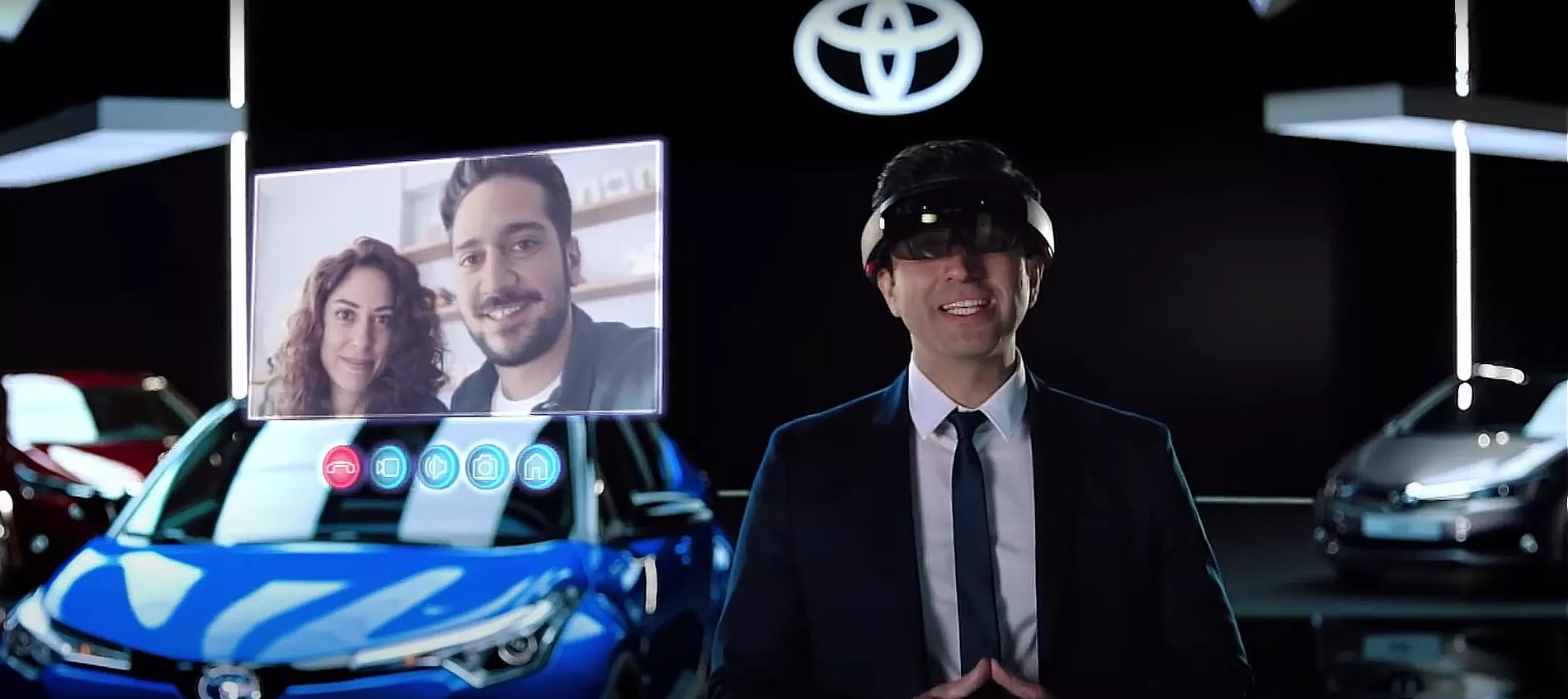
10. Gucci’s AR Try-on
Gucci’s augmented reality app enables users to virtually try on sneakers and see how they would look on their feet. By leveraging advanced AR technology, the app provides accurate representations of how the sneakers would look on the user’s feet in real-time. This immersive experience allows customers to explore different styles and color combinations without visiting a physical store, ultimately saving time and increasing the likelihood of a purchase. Additionally, the app features social sharing options, encouraging users to share their virtual try-on experiences with friends and family, further promoting the brand and driving customer engagement.
11. Ray-Ban’s Virtual Try-On
Ray-Ban’s augmented reality experience allows users to virtually try on sunglasses from the brand’s extensive collection. The app uses facial mapping technology to accurately place the selected sunglasses on the user’s face, providing a realistic preview of how the eyewear would look and fit. This convenient and engaging experience helps customers find their perfect pair of sunglasses while generating interest and driving sales for Ray-Ban.
12. “Game of Thrones” VR Experience
HBO, in collaboration with Framestore, developed an immersive virtual reality experience for “Game of Thrones” fans. The experience takes users on a journey through iconic locations in Westeros, such as the Wall and Castle Black, allowing them to interact with characters and objects from the show. This innovative marketing campaign deepened the connection between fans and the show, generating excitement and buzz around the series.
13. IKEA Place App
The IKEA Place app utilizes augmented reality to help users visualize how furniture and home accessories will look and fit within their living spaces. Users can access the app’s extensive catalog, select items, and virtually place them in their homes using their smartphone cameras. By providing accurate measurements and true-to-scale representations, the app facilitates informed decision-making, reduces returns, and enhances the overall customer experience.
14. LEGO’s AR-Studio
LEGO’s AR-Studio app allows users to build and interact with virtual LEGO sets using their smartphone cameras. The app overlays digital 3D models of LEGO bricks onto the user’s real-world environment, allowing them to create and explore their LEGO creations as if they were physically present. This engaging experience encourages users to experiment with different sets and fosters creativity, promoting the LEGO brand and driving sales.
15. Adidas’ Deerupt Campaign
Adidas’ Deerupt campaign utilized augmented reality to create an interactive street art experience in several major cities. Users were encouraged to find and share virtual graffiti tags hidden throughout the city using their smartphones. By engaging users in this creative scavenger hunt, Adidas generated buzz around their new Deerupt sneaker line and connected with their audience in a unique and memorable way.
Conclusion
Mixed reality is transforming the world of marketing by creating immersive and interactive experiences that resonate with consumers. These 15 examples demonstrate how MR technology is being used by brands to captivate their audience, generate buzz, and ultimately drive growth. Embrace the future of marketing and consider incorporating mixed reality into your next campaign to create a lasting impact.

